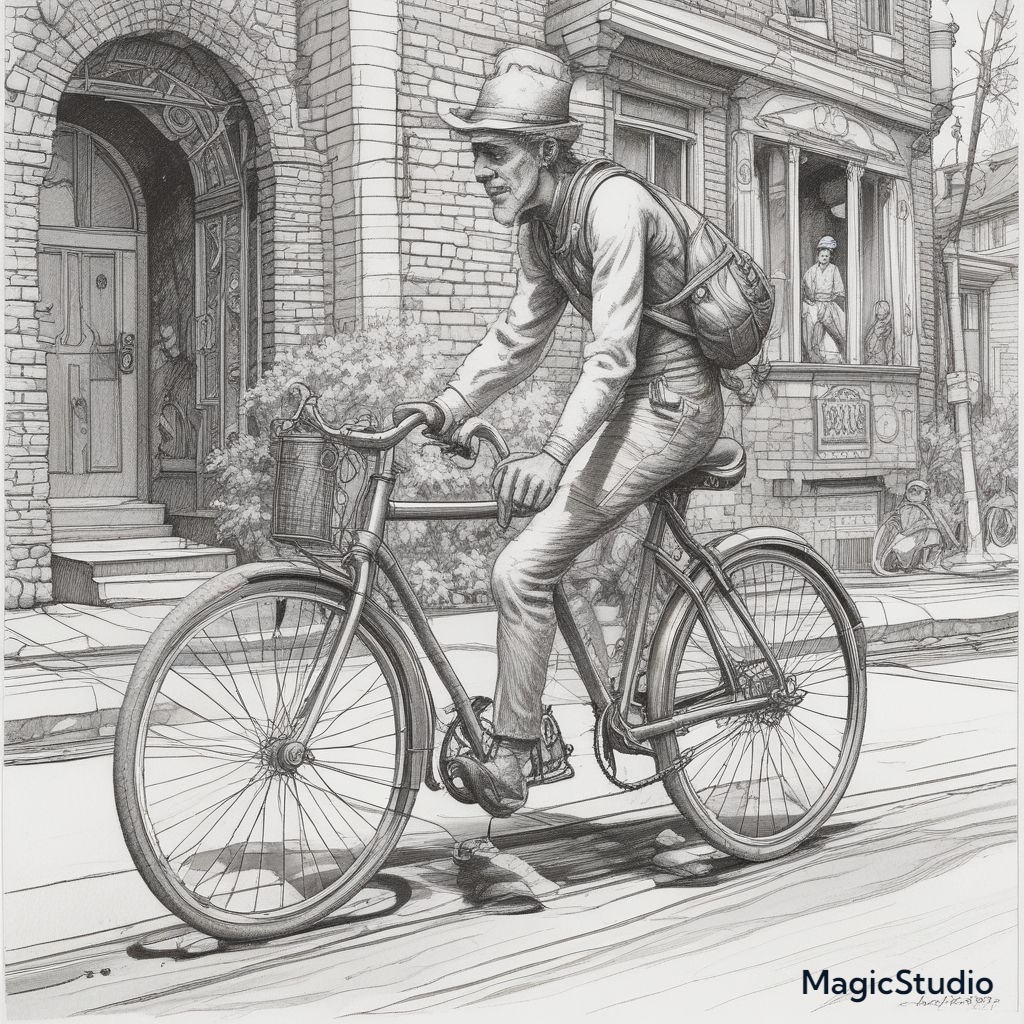Folding Freedom: The Benefits of Foldable Bicycle Handlebars for Urban Cyclists

Folding Freedom: The Benefits of Foldable Bicycle Handlebars for Urban Cyclists For city dwellers with limited storage space, foldable bicycles are a game-changer. But what about the handlebars? Traditional handlebars can be cumbersome, making it difficult to store your trusty steed in a cramped apartment or navigate narrow hallways. Enter the innovative world of foldable handlebars – a space-saving solution for urban cyclists. The Advantages of Foldable Handlebars: Reduced Storage Footprint: Foldable handlebars significantly reduce the footprint of your folded bike. This is especially crucial for those living in apartments with limited storage options. Easier Maneuvering: With folded handlebars, your bike becomes more compact, allowing for easier maneuvering in tight spaces, like crowded bike racks or busy streets. Enhanced Portability: Foldable handlebars make your bike more portable, making it easier to carry on public transportation or even take inside an offi...
.jpg)
